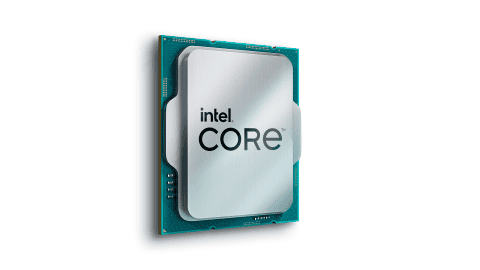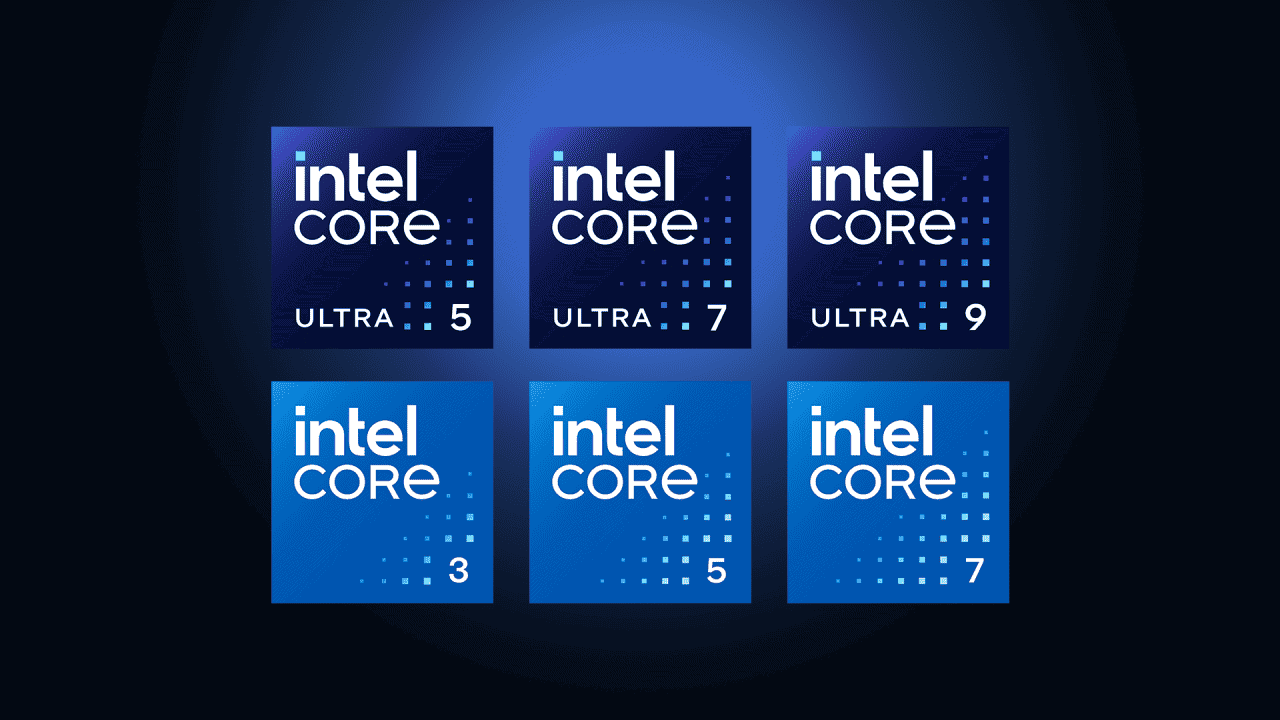Intel is set to unveil its 15th generation CPUs on October 10th, 2024. The new Arrow Lake processors promise improved performance and efficiency for desktop and mobile computing. Intel’s announcement of a new line of processors comes at a time where they’re making an effort to regain ground lost to AMD in the gaming market. The new processors feature a hybrid design of performance and efficiency cores, aiming to boost multi-threaded application performance. The transition to the LGA 1851 socket will require new motherboards with enhanced features and connectivity.
The competition between Intel’s Arrow Lake and AMD’s Ryzen 9000 series is expected to result in more powerful and efficient computing options for consumers. The upcoming lineup includes models such as the Core Ultra 9 285K and Core Ultra 7 265K, which are anticipated to offer advancements in both single-core and multi-core performance. Intel’s 15th gen CPUs mark the company’s ongoing efforts to push the boundaries of processor technology. The release is planned for the fourth quarter of 2024, strategically timed for the holiday shopping season and end-of-year business upgrades.
15th Gen Intel CPUs: Get Ready for October 10th

Intel’s Upcoming Announcement
Intel is set to reveal its 15th generation of CPUs, codenamed Arrow Lake, on October 10th, 2024. These processors are expected to bring significant performance enhancements and new features to both desktop and laptop computers. The announcement will be a major event for PC enthusiasts and the tech industry alike.
What to Expect
Arrow Lake CPUs will utilize Intel’s new 20A (2 nanometer) process node, promising improved performance and power efficiency. This marks a significant jump from the 7nm process used in 14th Gen CPUs. The new processors will also feature a redesigned architecture with a mix of performance and efficiency cores.
| Feature | Details |
|---|---|
| Process Node | Intel 20A (2nm) |
| Architecture | Hybrid (Performance and Efficiency Cores) |
| Socket | LGA 1851 |
| Memory Support | DDR5-6400 |
| PCIe Support | PCIe 5.0 |
Key Improvements:
- Enhanced Performance: Expect a noticeable boost in processing power, especially in multi-threaded applications.
- Improved Power Efficiency: The 20A process node should lead to better battery life in laptops and lower power consumption in desktops.
- Increased Core Counts: Rumors suggest up to 32 efficiency cores, which could benefit heavily multi-threaded tasks.
- New Socket and Motherboard Platform: LGA 1851 will require new motherboards, likely with upgraded features and connectivity.
- Faster Memory Support: DDR5-6400 will enable faster data transfer speeds for improved system performance.
Impact on the Market
Intel’s 15th Gen CPUs will compete directly with AMD’s Ryzen 9000 series processors. The increased performance and efficiency of Arrow Lake could shift the balance of power in the CPU market. Consumers can look forward to more powerful and efficient computers in the coming months.
Key Takeaways
- Intel will announce its 15th gen CPUs on October 10th, 2024
- The new Arrow Lake processors aim to boost performance and efficiency
- The release is timed for Q4 2024, targeting holiday and year-end markets
Overview of Intel’s 15th Gen CPUs
Intel’s 15th generation CPUs, codenamed Arrow Lake, are set to bring significant improvements in performance and efficiency. These new processors will introduce the Core Ultra branding and are expected to compete strongly with AMD’s offerings.
Announcement and Expected Release Date
Intel plans to unveil its 15th gen CPUs on October 10th, 2024. The official launch is likely to follow in late 2024. This timing aligns with Intel’s usual release schedule. It also positions the new chips to compete with AMD’s upcoming Ryzen processors.
The Arrow Lake series will replace the current 14th gen lineup. This includes both Meteor Lake and Raptor Lake Refresh chips. Intel aims to maintain its market position with this release.
Evolution from 14th Gen Core to 15th Gen Arrow Lake
Arrow Lake marks a big step forward from the 14th gen processors. It builds on the hybrid architecture introduced in earlier generations. The new CPUs will likely offer more cores and better power efficiency.
Intel is expected to use its 20A process node for Arrow Lake. This is a major upgrade from the 7nm process used in 14th gen chips. The improved process should lead to better performance and lower power use.
The Core Ultra branding reflects Intel’s focus on high-end performance. It suggests these CPUs will target demanding users and applications.
Intel and AMD Market Positioning
The 15th gen Arrow Lake CPUs will directly compete with AMD’s Ryzen 9000 series. Both companies are pushing for leadership in the CPU market. Intel aims to regain any ground lost to AMD in recent years.
Key battlegrounds include:
- Single-core performance
- Multi-core efficiency
- Power consumption
- Support for new technologies
Intel’s release timing is crucial. It allows them to respond to AMD’s latest offerings. The competition between these two giants drives innovation in the CPU market.
Technical Specifications and Performance
While exact specs are not confirmed, Arrow Lake is expected to bring several improvements:
- More cores and threads
- Higher base and boost clock speeds
- Improved Hyperthreading
- Better performance and efficiency cores
| Feature | Expected Improvement |
|---|---|
| Process Node | Intel 20A (2nm class) |
| Core Count | Increase in both P-cores and E-cores |
| Single-Core Performance | Significant boost over 14th gen |
| Power Efficiency | Major improvements due to new process |
These CPUs will likely support the latest memory and PCIe standards. This ensures compatibility with cutting-edge components.
Overall performance gains could be substantial. Users can expect faster speeds in both single and multi-threaded tasks. The improved efficiency should also lead to better battery life in laptops.







